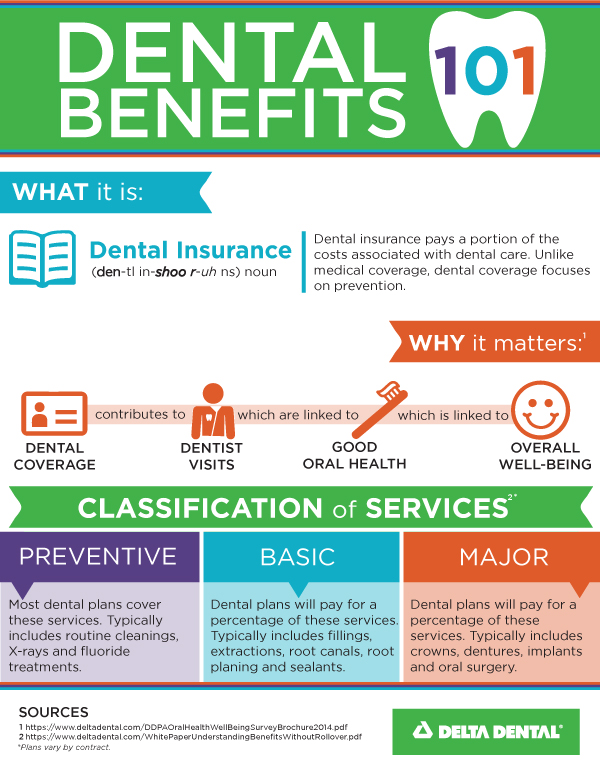The Development Of Oral Surgery: Arising Developments And Developments Transforming The Technique
The Development Of Oral Surgery: Arising Developments And Developments Transforming The Technique
Blog Article
Content By-Petersson Maloney
Invite to the world of oral surgery, where innovations and developments are forming the future of the field! In this interesting realm, you'll witness the transformative power of robotics, the cutting-edge wonder of 3D printing, and the game-changing impact of minimally invasive strategies.
The future of dental surgery holds a promise of accuracy, efficiency, and boosted individual outcomes. With the help of innovative robotics, specialists have the ability to carry out complex treatments with greater accuracy and control.
3D printing modern technology is reinventing the production of oral implants and prosthetics, supplying tailored options that fit perfectly into each person's distinct composition.
In https://atlantaoralandfacialsurge62849.blogolenta.com/29934457/the-value-of-very-early-treatment-in-gum-economic-crisis-therapy , minimally intrusive methods are decreasing post-operative discomfort and healing time, allowing clients to go back to their every day lives quicker.
Prepare yourself to check out the exciting developments and advances that are reshaping the landscape of dental surgery!
Developments in Robotics
One major advancement in dental surgery is making use of robotic modern technology, which allows for precise and efficient surgical procedures. With the help of robotic systems, dental doctors have the capacity to perform complicated surgical procedures with boosted precision, minimizing the risk of human error.
These robotic systems are outfitted with sophisticated imaging innovation and accurate instruments that allow surgeons to navigate through detailed anatomical structures with ease. By utilizing robot modern technology, doctors can accomplish higher surgical accuracy, leading to boosted client end results and faster recovery times.
In addition, making use of robotics in oral surgery allows for minimally invasive treatments, minimizing the injury to surrounding tissues and advertising faster healing.
3D Printing in Dental Surgery
To boost the field of dental surgery, you can check out the subtopic of 3D printing in oral surgery. This ingenious modern technology has the possible to transform the method dental doctors run and deal with individuals. Right here are 4 essential methods which 3D printing is shaping the area:
- ** Customized Surgical Guides **: 3D printing permits the production of very precise and patient-specific surgical guides, boosting the accuracy and effectiveness of treatments.
- ** Implant Prosthetics **: With 3D printing, oral doctors can produce customized dental implant prosthetics that perfectly fit an individual's special composition, causing much better outcomes and client complete satisfaction.
- ** Bone Grafting **: 3D printing makes it possible for the production of patient-specific bone grafts, decreasing the demand for typical implanting techniques and improving healing and recovery time.
- ** Education and learning and Training **: 3D printing can be used to develop sensible surgical versions for academic objectives, allowing dental cosmetic surgeons to exercise complex procedures prior to doing them on clients.
With its potential to boost precision, modification, and training, 3D printing is an exciting development in the field of dental surgery.
Minimally Intrusive Strategies
To better advance the field of oral surgery, embrace the potential of minimally invasive strategies that can significantly benefit both doctors and clients alike.
Minimally invasive methods are reinventing the area by lowering medical trauma, minimizing post-operative pain, and increasing the recuperation procedure. These techniques involve utilizing smaller incisions and specialized tools to execute treatments with precision and effectiveness.
By using four points dentist , such as cone beam calculated tomography (CBCT), surgeons can accurately prepare and execute surgical procedures with very little invasiveness.
Additionally, making use of lasers in dental surgery permits specific cells cutting and coagulation, leading to decreased blood loss and minimized recovery time.
With minimally invasive methods, people can experience quicker recuperation, minimized scarring, and boosted outcomes, making it an essential aspect of the future of dental surgery.
Conclusion
So, as you can see, the future of dental surgery is exceptionally encouraging, with interesting developments and developments shaping the field.
From tooth cover in robotics to making use of 3D printing and minimally intrusive strategies, oral doctors are changing the way they give care.
While some may stress over the potential expense connected with these innovations, it is essential to keep in mind that these innovations ultimately boost person end results and lower healing time, making them well worth the investment in the long run.
